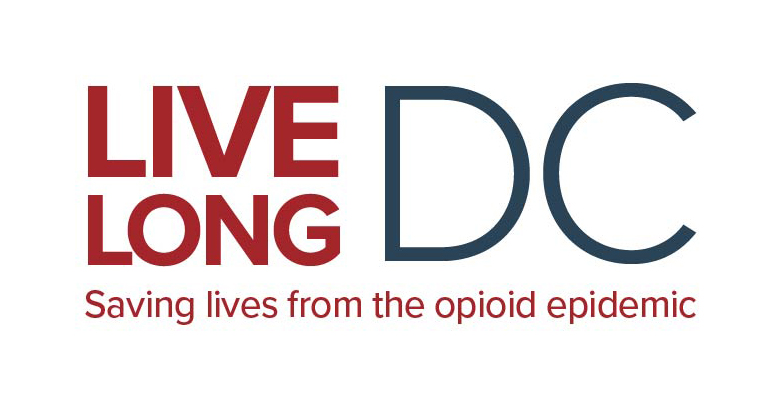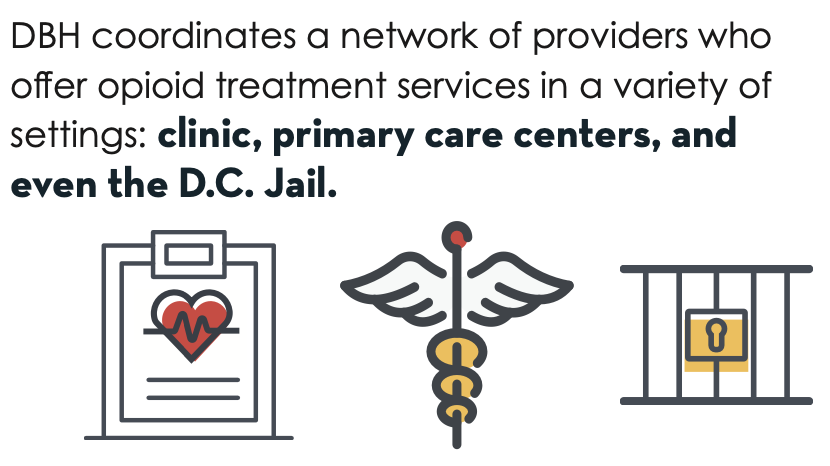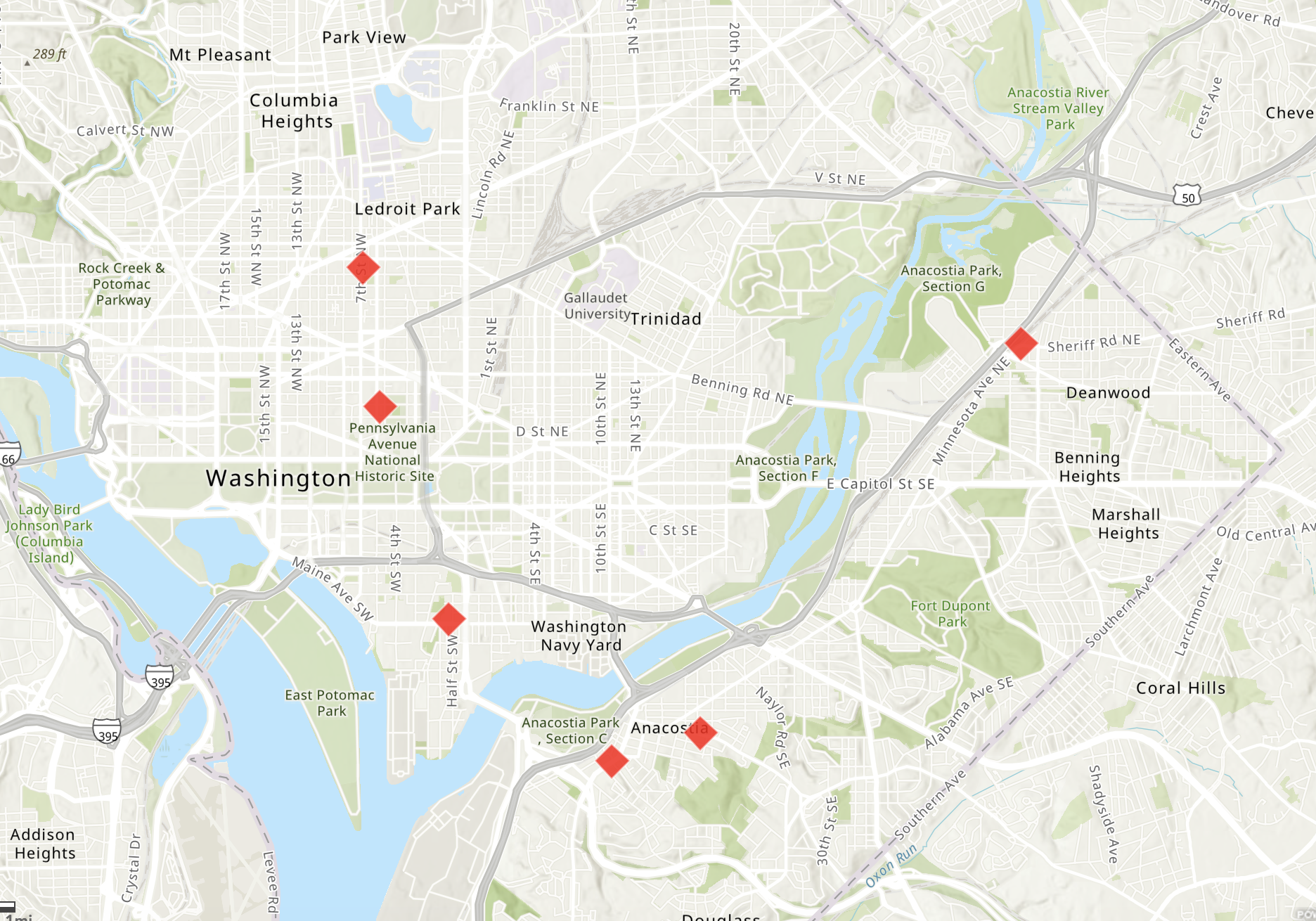Saving and Changing the Lives of People Affected by the Opioid Epidemic
LIVE.LONG.DC, the Mayor Bowser's plan to address the opioid epidemic, mobilizes the community to fight the epidemic with strong interagency coordination and community input and a range of direct services and supports for individuals with substance use disorders.
Our goal is to reduce opioid use, misuse and related deaths to save lives.

-
Opioid use disorder treatment is available in every Ward from 33 providers.
-
Eliminated the $1 co-pay for Medication-Assisted Treatment (MAT) in 2020, allowing people to get medications to treat opioid use disorder free of charge.
-
More than 2,000 residents are managing this chronic, relapsing disease with MAT.
-
-
Added specialized services for youth, pregnant and parenting women, LGBTQ+, and residents in DC Jail.
-
24/7 crisis care and 24/7 access to care in hospitals, clinics and DC Jail.
In FY2023
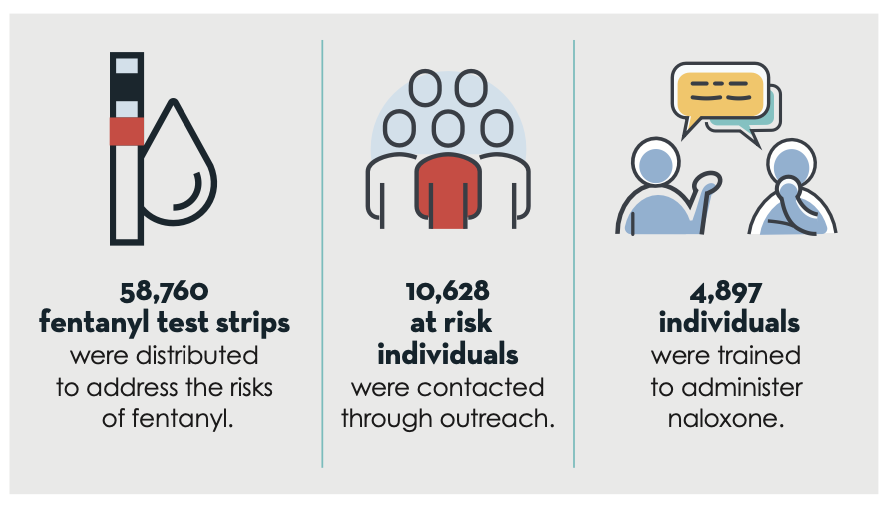

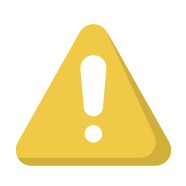
- The ability to determine what drugs are in the drug supply.
- Real-time surveillance to deploy teams to areas where spikes in overdoses occur.
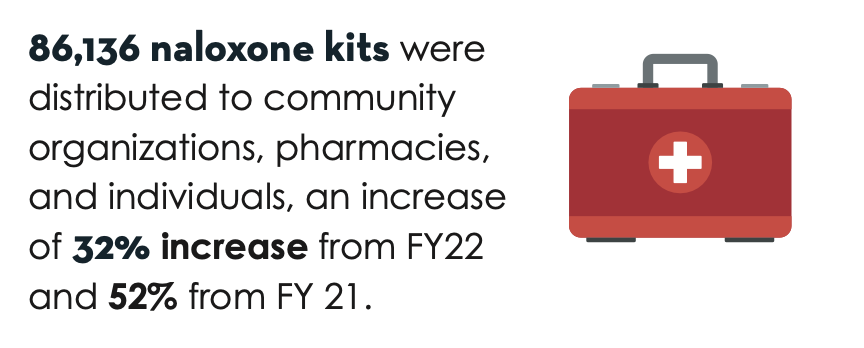

Opioid overdose deaths is preventable. A key part of opioid overdose harm reduction is naloxone – a medication approved by the Food and Drug Administration to rapidly reverse an opioid overdose. The District has made free naloxone widely available, with no prescription or ID required for all residents in the District.
- 5,267 suspected overdoses reversed with naloxone, saving thousands of lives. (MPD and community partners data from 10/1/2019-7/31/23; FEMS data from 3/28/22-7/31/23)
-
Fentanyl test strips are available free of charge at community-based organizations and in vending machines throughout the city.
-
New Stabilization Center at 35 K Street, NE launched in October 2023.
-
Four mobile and site-based syringe service programs that provide clean needles to prevent infection and disease transmission and clean up used supplies.
-
Made naloxone available in all DC public schools and 71% of charter schools, and to shelters and residents who are unhoused.
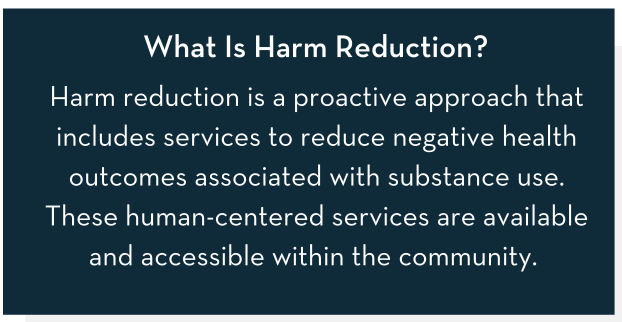
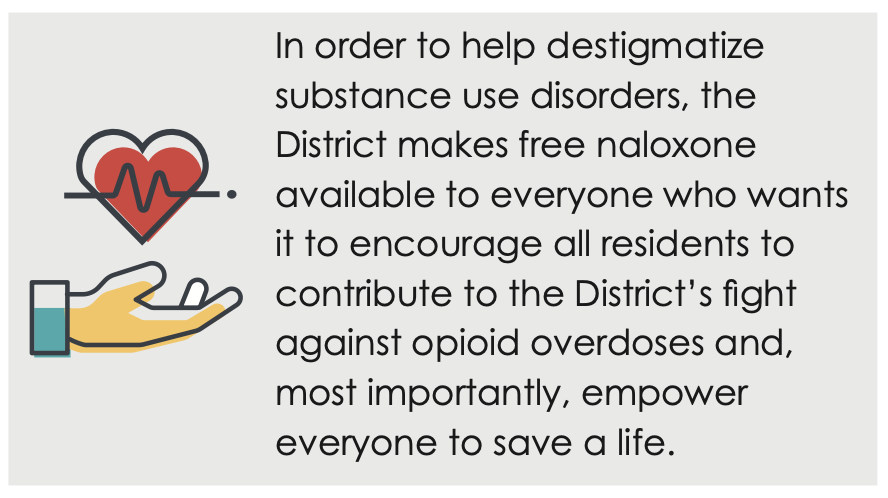

-
Increased outreach through 40 community partners and faith-based organizations.
-
Targeted social marketing campaigns including:
-
“Be Ready”: naloxone distribution
-
“Hope”: engaging people who use in treatment
-
“Pause and Play": youth drug education campaign
-
“My Recovery DC”: personal stories of recovery and connections to peer support.
-
-
Youth Ambassadors in the four Prevention Centers serving all 8 Wards to provide drug education, raise awareness of treatment and support resources available in the community.
In FY2023
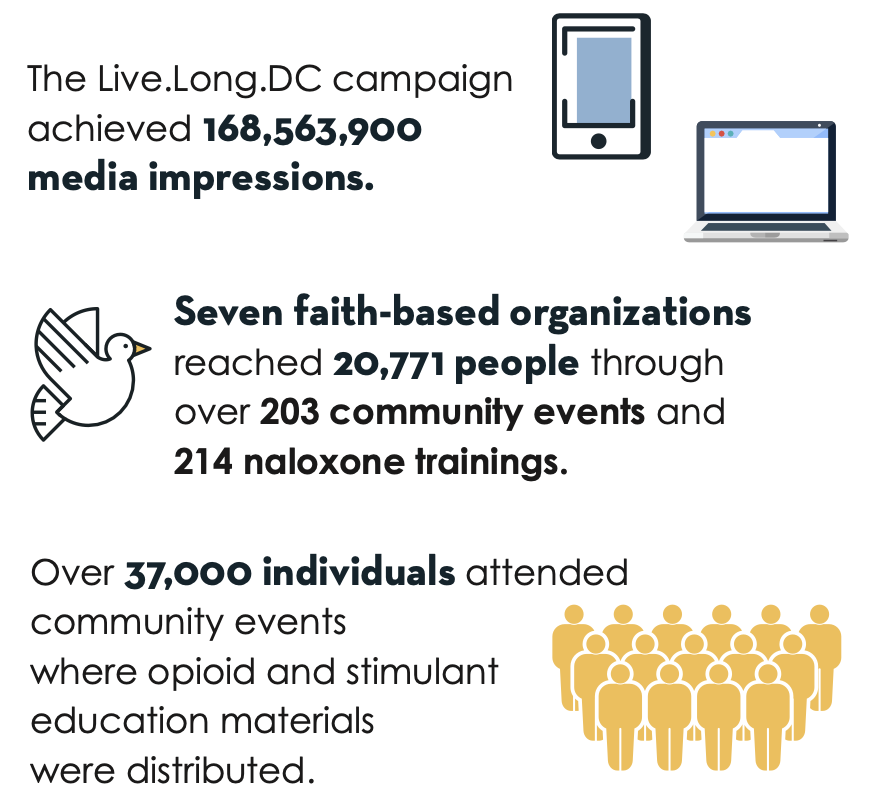

-
Certified treatment providers are available in every Ward from 33 community-based agencies.
-
Assessment and referral services can be obtained from any DBH-certified provider and the Assessment and Referral Center (ARC).
-
For more information visit: dbh.dc.gov/page/substance-use-disorder-services.
-
Supported Employment to help people with substance use disorders obtain and retain gainful employment.
-
Geomapping of treatment provider locations to visually show residents where they can seek care based on their location.
-
Peer services and supports from individuals with lived experience.
-
Recovery housing provided for 500 individuals annually.
-
HIV testing and referral to care.
-
Increased availability of the community response team that provides assessment, oureach, and referals to care.
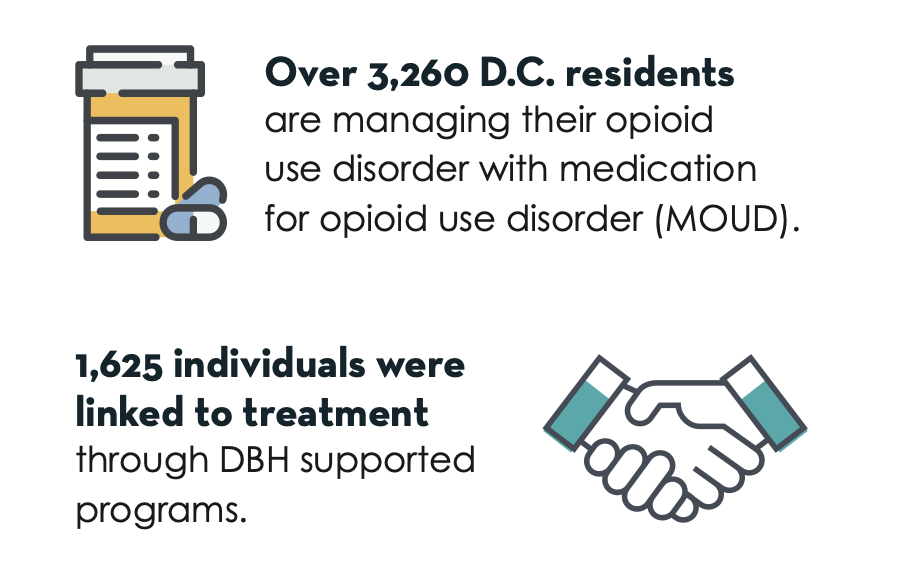
In FY2023
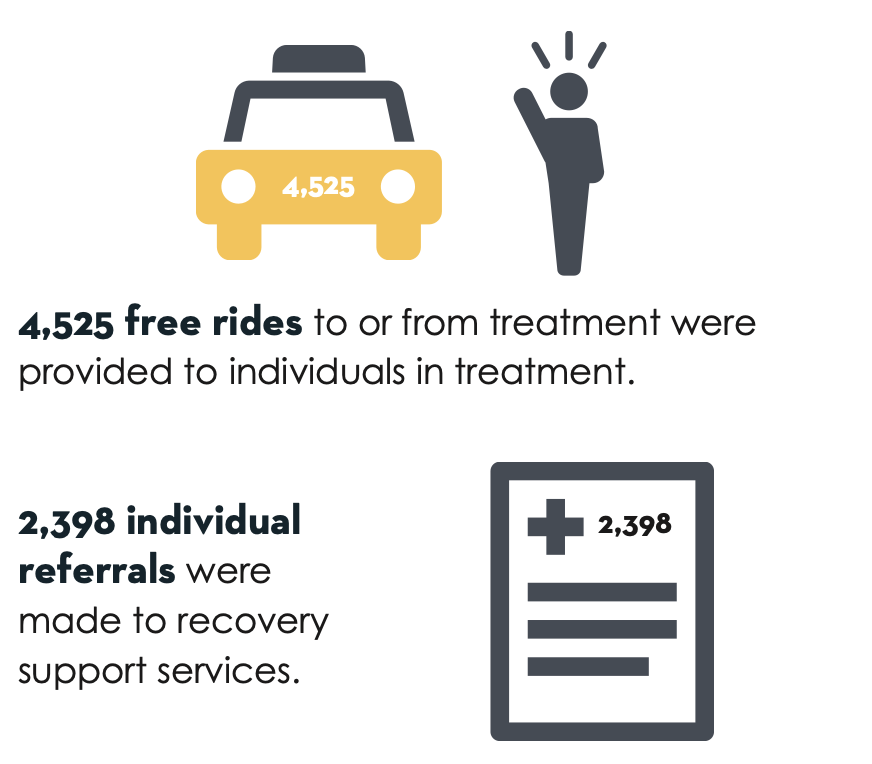
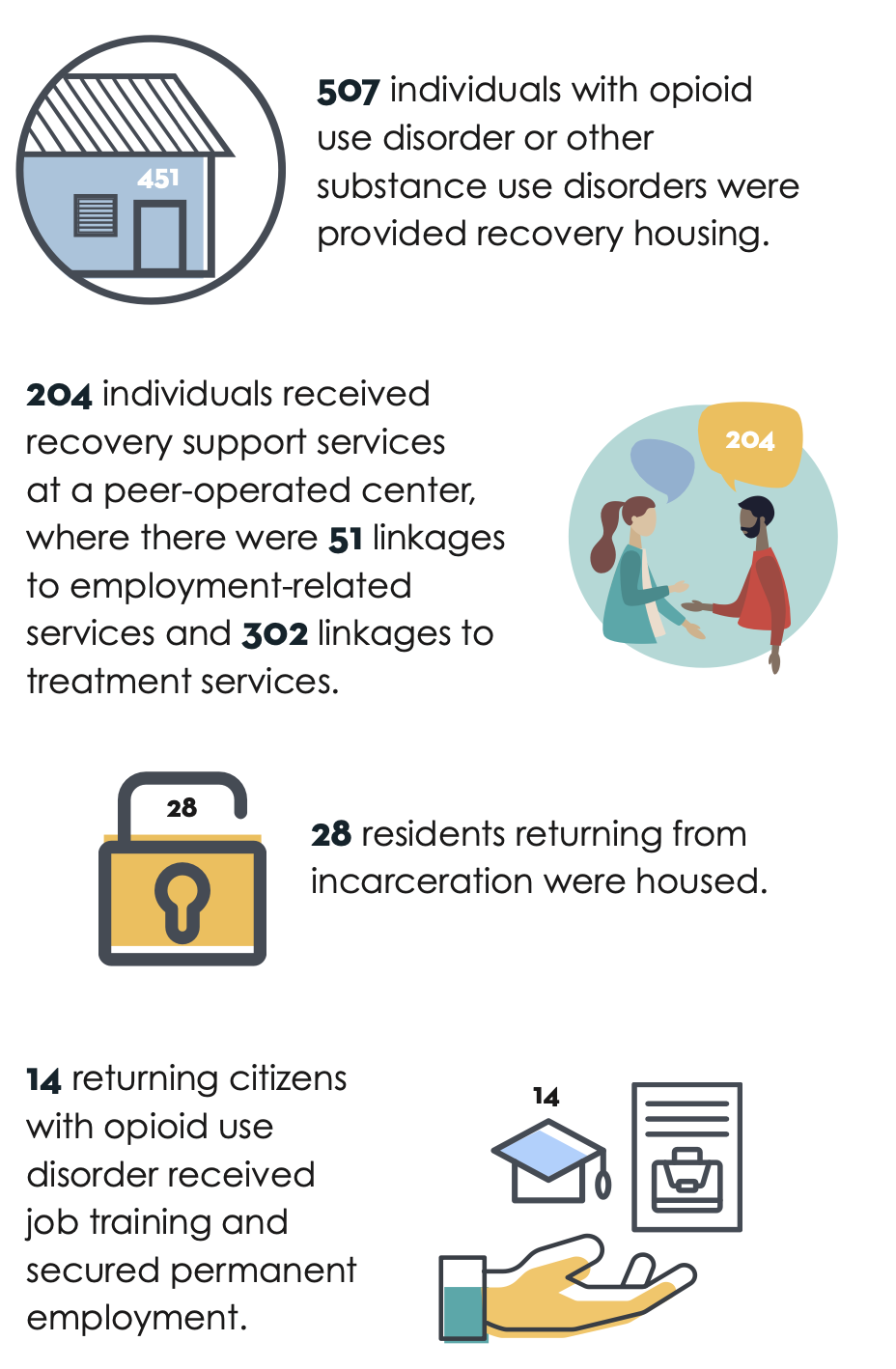

- 7 public health vending machines offering anonymous and free access to naloxone, fentanyl test strips, wound care, and hygiene kits located across the city.
- Behavioral health co-response with Fire and Emergency Medical Services (FEMS) to residents who experience an overdose.
- Increased availability of the Community Response Team that provides assessment, outreach, and referrals to care.
- Geomapping of treatment provider locations to visually show residents where they can go to seek care based on where they are in the city.
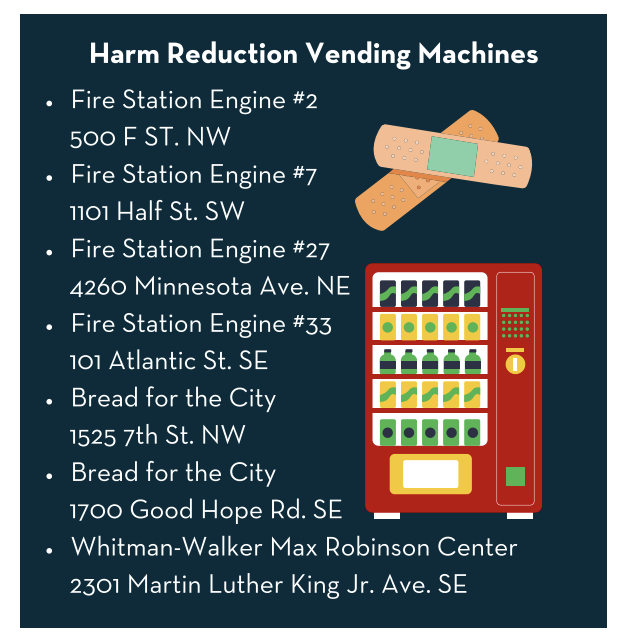
Harm Reduction Vending Machine Locations

- Text “LiveLongDC” to 888-811 for naloxone, test strips, or service locations.
- For crisis mental health or substance abuse services, call 988.
- For connections to care, call the Access HelpLine at 1-888-7WEHELP or 1-888-793-4357.
- For clean-up of drug paraphernalia or syringe services, call Access Helpline at 1-888-793-4357.
- Visit dbhtraininginstitute.networkofcare4elearning.org to access a free, online naloxone training module.
- Email [email protected] with training requests for groups of five or more to be lead by a certified naloxone trainer.
For more detail updates on LIVE.LONG. DC. strategy implementation, visit the progress report section at LiveLong DC 3.0.



